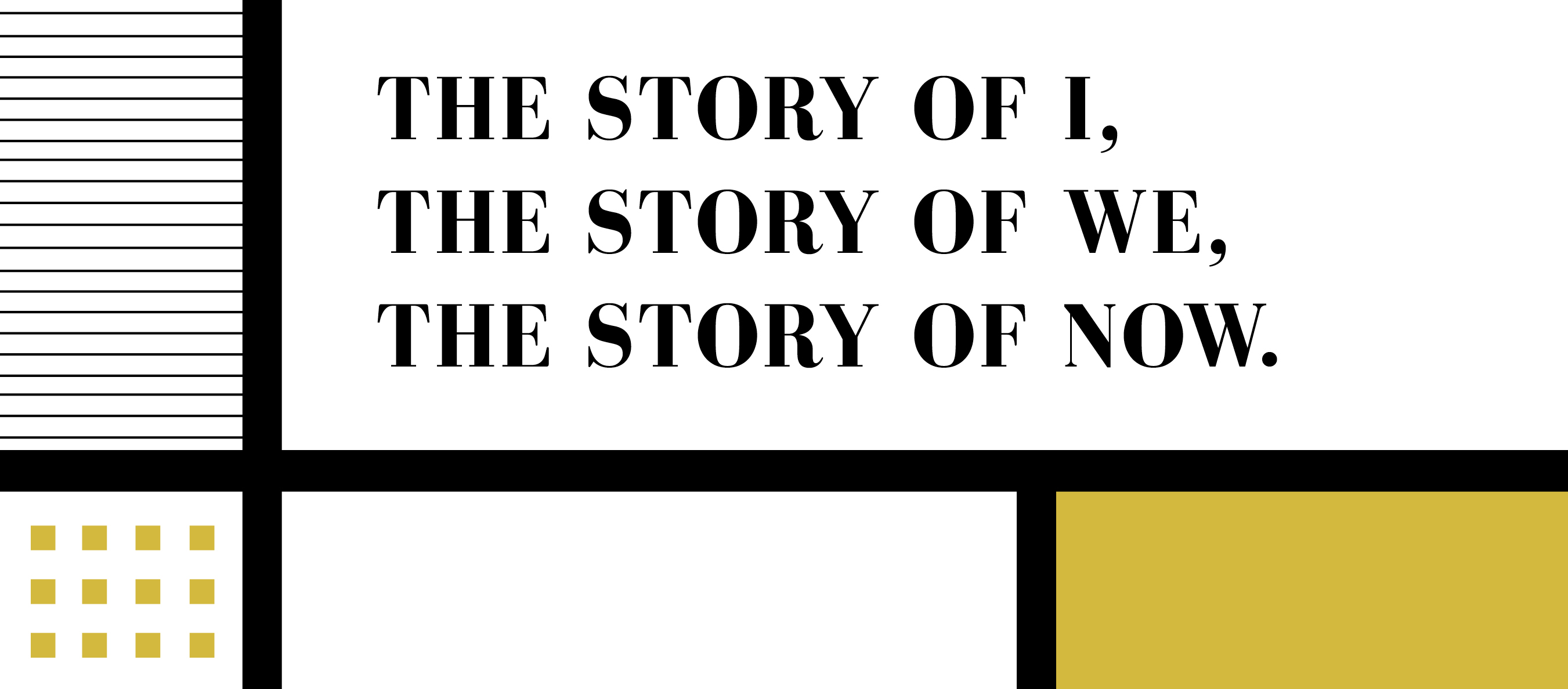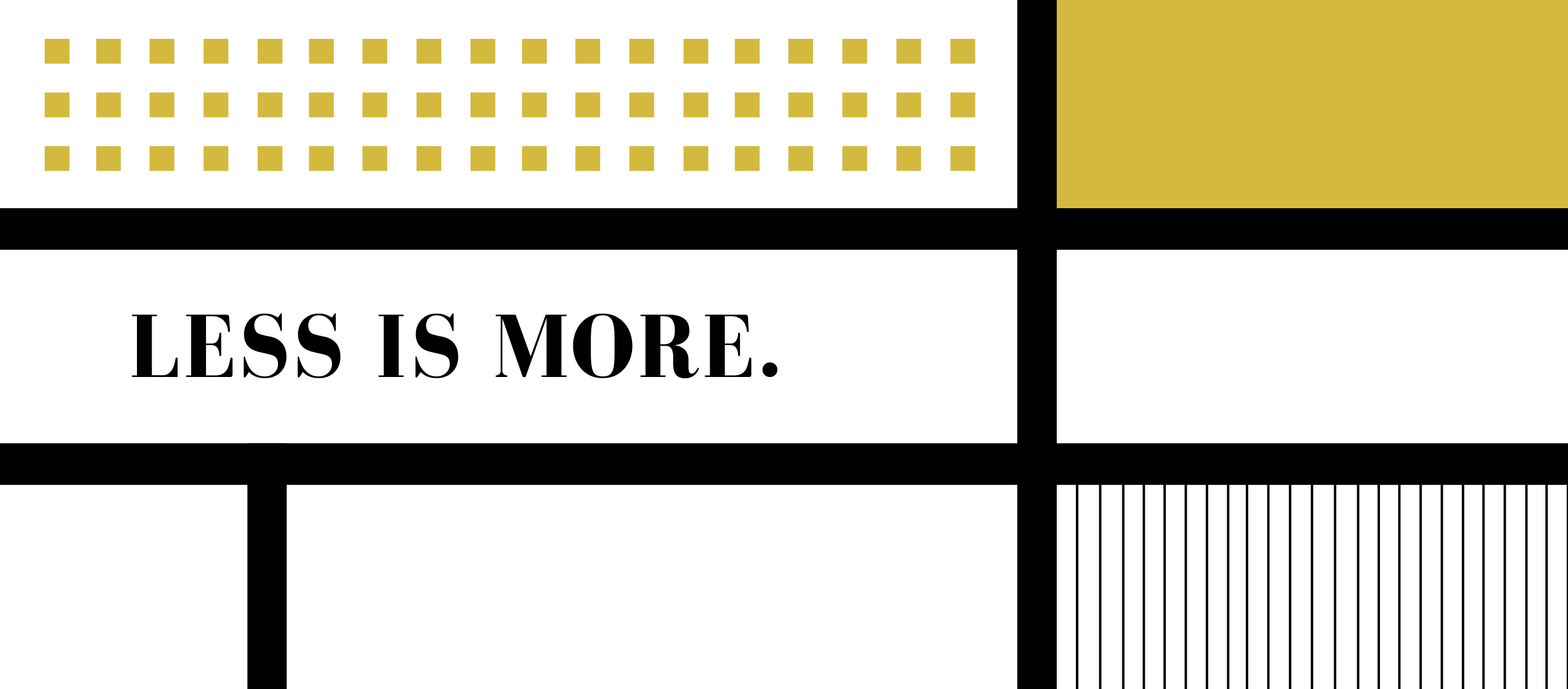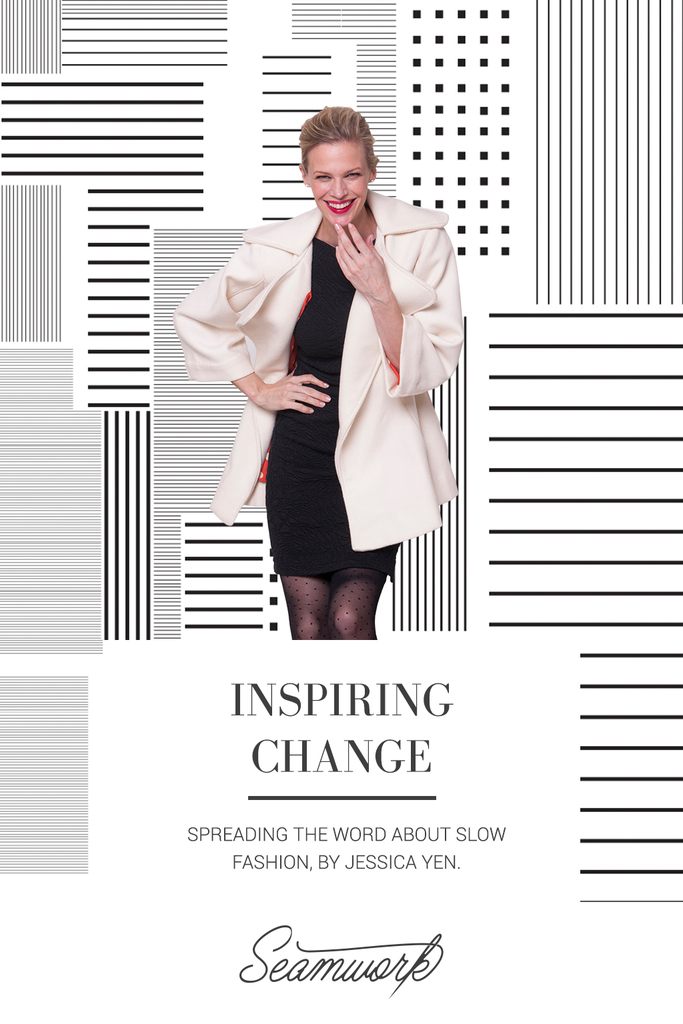
Holiday parties present a great opportunity to talk about sewing—including slow sewing—with friends and family. With a new year just around the corner, it can be the perfect time to plant the seeds for loved ones to join us in slowing down, valuing handmade, and consuming mindfully.
Of course, nobody wants to be the nagging moralizer who corners partygoers over appetizers. How do we gracefully walk that line between enthusiasm and preachiness?
An intriguing answer comes from the man whose ideas paved the way for US President Barack Obama’s successful 2008 presidential campaign. Marshall Ganz, a seasoned organizer and Senior Lecturer at Harvard University, created a grassroots organizing model that uses personal stories to propel change. It turns out that your individual reasons for sewing are the fulcrum for expanding the slow sewing movement. The key, according to Ganz, is rethinking how we talk about these stories.
Inciting Change from the Bottom Up
Ganz’s model can be described as a three-part conversation: “the story of I, the story of we, the story of now.” To start, the organizer shares their personal story of why they are involved in this movement. It can be helpful to focus on a moment of choice, such as when you chose to support slow fashion or committed to a handmade wardrobe. As the speaker describes what inspired their choice and the outcomes, the story helps the listener place themselves in the speaker’s shoes, so that they, too, can imagine making a similar choice and experiencing the outcome.
Next, the sphere of action expands from the speaker (“I”) to the people they are talking to (“we”). This means asking listeners to join them by undertaking a specific action. This action should feel doable and meaningful. It’s why canvassers ask you to sign a petition or public radio asks for a donation. In slow sewing, this “ask” can be big or small. Gently initiate friends by inviting them on a thrifting outing or hosting sewing sessions for friends who want to learn the craft. A harder ask might involve an ethical-clothing challenge or asking brands about their supplier’s labor practices.
To help create a sense of urgency, this discussion also includes our current situation (“now”). For slow fashion, the current situation might be environmental or economic, it might be about labor conditions, it might be about personal style in an era of mass commercialization. What’s important is that we tie our individual actions to the bigger picture, so that the conversation naturally flows toward creating change through personal choice.

Values Inspire Action through Emotion
The key to the model’s success lies in its successful merger between head and heart. Most people assume that ideas are the key to persuasion. If I just make my argument convincing enough—the thinking goes—I’ll win over the people around me. But ideas alone cannot inspire action, because action is inhibited by a whole suite of negative emotions: inertia, fear, self-doubt, isolation, and apathy.
Luckily, there are also emotions that encourage action, like urgency, hope, solidarity, and even anger. Most important, we need to feel we can make a difference. In other words, we need to combine ideas with emotions.
We create a sense of urgency when we talk about the “story of now.” By inviting others to join us in a specific action, we create solidarity. When we select an action that feels doable yet meaningful, we increase hope and empowerment. It helps to tailor our conversation to the person we are talking to, so that we speak directly to their interests, values, and preferences. You might already have ideas about how to involve friends or family in slow fashion. As you chat, carefully listen to what they say so you can tease out what, specifically, interests them most.
Our “story of I,” namely our personal reasons for sewing or supporting slow fashion, is also critical. We may have logical reasons for our choice, but we should also share our motivations. According to Ganz, we experience values emotionally, and it is these emotions that allow us to express the motivational content of our values to others. Emotions are what actually move people to act. So as we talk about our “story of I,” we should include both the rationale (sewing improves my body image because I’m no longer restricted by arbitrary beauty standards) and the emotional (I feel more confident, happier, more creative).
Pulling it All Together
Whether you plan to sew yourself a new holiday outfit, thrift or repair an old garment, or don a frock made by a slow fashion label, you may just create the opportunity for meaningful conversations about the power of making. The initial conversation flurry around “you made that!?” creates the perfect segue to your reasons (logical, emotional; personal, societal) for sewing and supporting slow fashion. Open-ended questions can highlight which aspects of slow sewing interest your conversation partner, and gently turns the conversation toward a specific way the two of you might continue to support slow sewing. You might just find new sewing buddies for 2017. At the very least, you can work sewing into holiday party chitchat.
This holiday season, I plan to talk about the joys of “less is more” and how sewing has changed my wardrobe, consumption patterns, and personal style. If we each talked to at least one person, we could bring tens of thousands more people to slow sewing. Will you join me?


